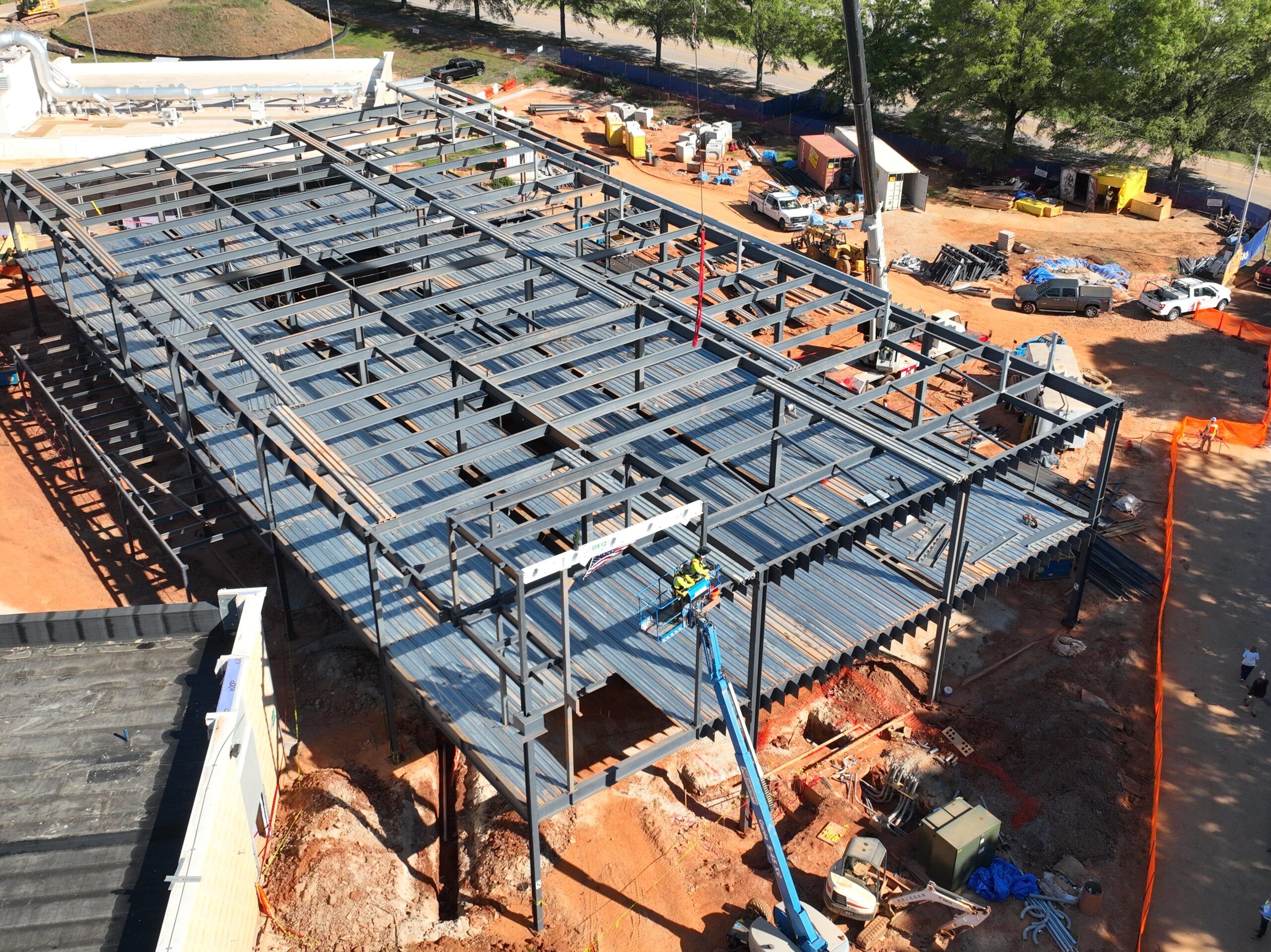Stainless steel is all around us. As a viable and cheap alternative to more precious metals, it endures because it is solid and reliable, durable, rust-resistant, and hygienic. For these reasons, stainless steel is used to manufacture many kitchen and food preparation items such as knives, forks, blenders, mashers, and strainers. Additionally, professional kitchens use stainless steel for countertops, ovens, and cleaning machines.
But there is much more to stainless steel than its practical application for food preparation and eating. This unique material is also found in advanced projects and applications. For example, the aerospace industry uses stainless steel in aircraft manufacture and it is found in many of the world’s bridges, monuments, and skyscrapers.
What is Stainless Steel?
Stainless steel is a relatively modern invention, having been around for just over 100 years. It was first discovered by Harry Brearley in 1913 in Sheffield, England. At the time, silver and steel were used for cutlery. However, silver was only for the rich, and steel is prone to oxidation. Stainless steel changed this – and was an accidental discovery while looking for a strong alloy for gun barrels.
The alloy is made of iron, nickel, and chromium in a perfectly balanced ratio.
The oxygen component of chromium is what makes the material stain-resistant. Although stainless steel is a product of the late industrial revolution – known for hazardous pollution – it is a viable and sustainable modern material. All stainless steel is 100% recyclable, and up to 90% of new stainless steel products are made from recycled scrap formed in a modern stainless steel fabricator.
Why Use Stainless Steel?
The non-staining properties of stainless steel make it useful for a wide range of products regarding hygiene. As such, industrial and commercial-grade food preparation machines alike are made from stainless steel. Milk, wine, and beer are generally made using stainless steel equipment because of their easily cleanable nature; food and drink residue can be easily cleaned from cookers, ovens, storage vats, and distillers.
From a non-food perspective, stainless steel is an excellent option for an industrial setting. There are 57 types of stainless steel, each with its own micro-properties. This means that the material is applied across many usage scenarios. For example, the heat resistance of up to 1,500F degrees makes stainless steel an excellent choice for such things as car exhausts and chemical heat exchangers. In addition, the incredible strength of stainless steel makes it useful for large-scale projects such as underwater piping and shipbuilding, chemical piping, and paper pulping machines.
How Stainless Steel is Made
Stainless steel fabrication involves numerous complex methods depending on the type of material required. Still, the basic process of general stainless steel manufacture is relatively simple. Stainless steel comprises many of Earth’s most abundant raw materials, such as iron ore, chromium, nickel, and carbon. In addition, silicon, nitrogen, and manganese are also present.
The differences come from varying the amounts of raw and extra materials used. Each variance determines the nature of the stainless steel, such as its strength, corrosion resistance, and finish.
The process involves the following:
Melting and Casting: 8 to 12 hours of extreme heat creates a molten mixture from the raw materials. The molten mixture is then formed into tubes, rods, blooms, billets, and slabs for refined shaping
Forming: a refined shaping technique where the finished products from the initial casting are used. Hot rolling forms tubes, rods, blooms, billets, and slabs into bars, wire, plates, strips, and sheets into various shapes such as squares, hexagons, and octagons of varying thicknesses.
Heat Treatment: known as annealing, formed shapes are ultra heat-treated to relieve the stresses and soften the metal. Various temperature controls can be used to change the properties of the metal. The type of heating determines the kind of metal produced: austenitic, ferritic, or martensitic. Heat treatment companies specialize in providing advanced thermal processing services, such as annealing, quenching, and tempering, to improve the mechanical properties and longevity of metal parts used across various industries.
Descaling: the annealing process causes scaling on the materials. This can be cleaned off using various methods. The most common include a nitric-hydrofluoric acid bath and electrolysis. Different forms such as wiring require more descaling than others.
Cutting: the final size of the finished form is determined by the cutting process. Mechanical machines strong enough to cut stainless steel are used. Devices used include shears, guillotines, and horizontal and vertical circular knives. Flame and plasma jets can also be used for cutting.
Finishing: the finishing process determines the surface of the final product. A smoother finish, for example, is needed for products that require a high hygiene standard. This is done using polishing techniques. However, hot and cold rolling during the heat treatment process also contribute.
Following these basic processes, further shaping is also completed according to client needs or process requirements. Roll and press forming, extrusion and further annealing is performed at this stage as well as the joining or fusion of stainless steel articles. Fusion is achieved by welding techniques.











